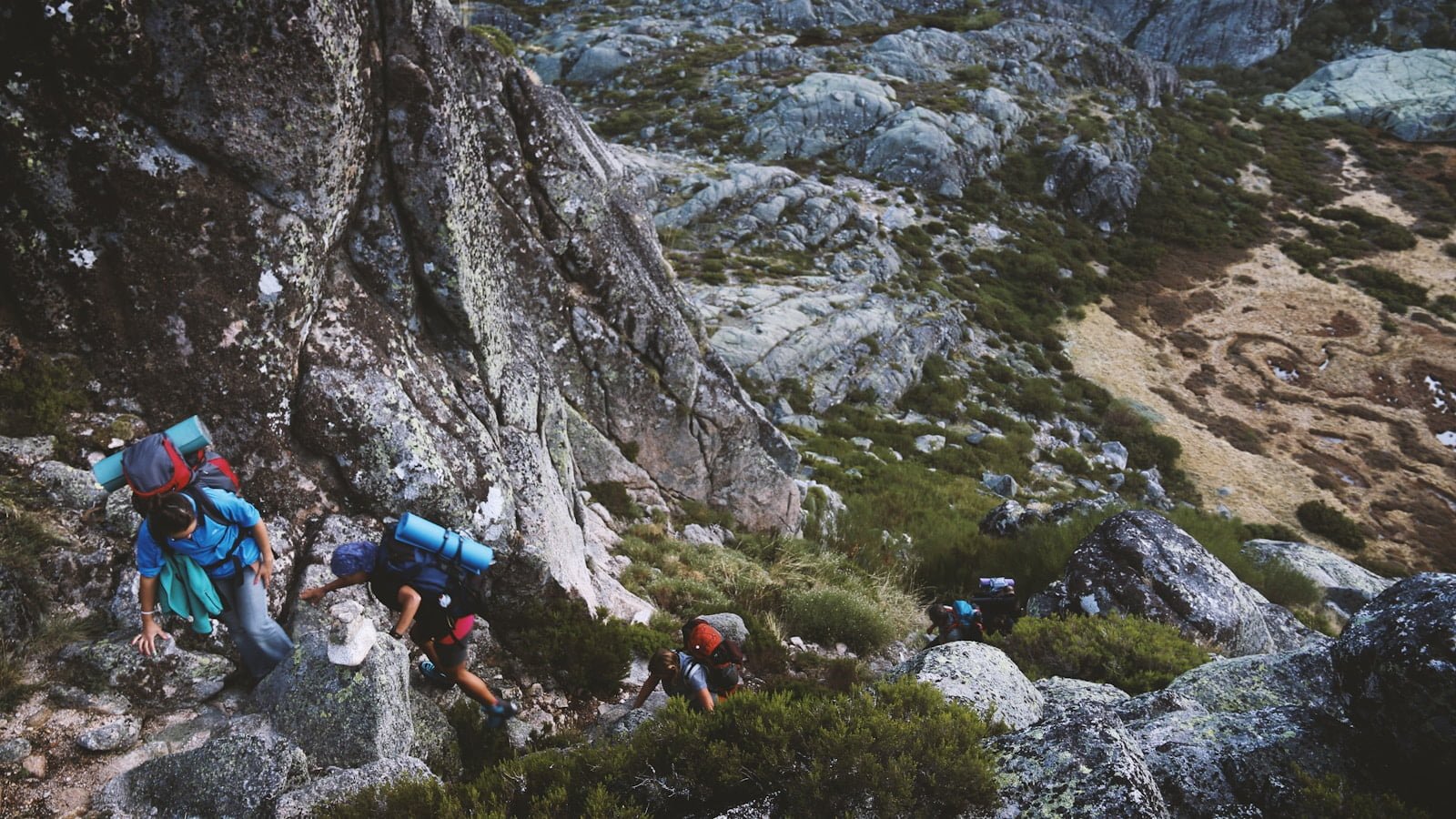
What is a Trekking License?
A trekking license is a permit required for organizing and conducting trekking activities, issued by relevant authorities.
It ensures that trekking operators adhere to safety, environmental, and legal standards, providing regulated and high-quality experiences for trekkers while protecting both participants and the natural environment. It starts with Company Registration in Nepal.
Which authority grants Trekking License in Nepal?
In Nepal, the authority responsible for granting trekking licenses is:
- Department of Tourism:
- Role: The primary authority for issuing trekking licenses and permits, including those for trekking agencies and guides.
- Process: Trekking agencies must apply to the Department of Tourism, which processes applications and issues the necessary licenses.
- Ministry of Culture, Tourism, and Civil Aviation (MoCTCA):
- Role: Oversees the overall tourism sector, including trekking activities. The MoCTCA provides regulatory oversight and policy direction.
- Process: Works in coordination with the Department of Tourism to ensure compliance with trekking regulations.
- Trekking Agencies’ Association of Nepal (TAAN):
- Role: While not a licensing authority, TAAN is a key organization that supports trekking agencies and may assist with licensing procedures and provide additional certifications.
- Process: Provides guidance and support to trekking agencies in obtaining licenses and ensuring compliance with industry standards.
What is the process of obtaining a Trekking License in Nepal? (In 4-5 Detailed Steps)
To obtain a trekking license in Nepal, follow these steps:
- Prepare Documentation: Gather necessary documents, including a completed application form, proof of company registration, PAN or VAT registration certificate, and a detailed trekking plan outlining the routes, services, and safety measures.
- Submit Application: Apply for the trekking license at the Department of Tourism or the Nepal Tourism Board. Submit the completed application form along with all required documents, including the trekking plan and proof of safety and insurance arrangements.
- Review and Inspection: The Department of Tourism will review the application and documents. They may conduct an on-site inspection or review your trekking plan to ensure compliance with safety and operational standards.
- Pay Fees: Pay the required application and processing fees for the trekking license. Obtain and keep the receipt as proof of payment.
- Receive License: After approval and successful completion of all requirements, receive the trekking license. Ensure compliance with any conditions stipulated in the license and adhere to all regulations governing trekking operations in Nepal.
What are the Documents required for a Trekking License in Nepal?
To obtain a trekking license in Nepal, you generally need to provide the following documents:
- Business Registration Documents: Proof of business registration with the Department of Industry or the Office of the Company Registrar.
- Trade License: A valid trade license issued by the local municipality or city office.
- Trekking License Application Form: Completed application form for a trekking license, available from the Department of Tourism or the Trekking Agencies’ Association of Nepal (TAAN).
- Proof of Office Address: Documents proving the business’s office address, such as a lease agreement or property ownership papers.
- PAN Certificate: A Permanent Account Number (PAN) certificate from the Inland Revenue Department.
- Financial Statements: Recent financial statements, including balance sheets and profit and loss accounts, demonstrating the business’s financial stability.
- Operational Plan: A detailed plan outlining the trekking services offered, including itineraries, trekking routes, and client management strategies.
- Guide Certification: Proof of certification or qualification for trekking guides, ensuring they meet required standards for safety and knowledge.
- Insurance Coverage: Proof of insurance coverage for trekkers and staff, including liability and travel insurance.
- Identity Proof: Identification documents of the business owner or key personnel, such as citizenship certificates or passports.
- Compliance with Regulations: Assurance of adherence to local trekking regulations and standards, including environmental and safety considerations.
What are the requirements for a Trekking License in Nepal?
To obtain a trekking license in Nepal, you typically need to meet the following requirements:
- Business Registration: Proof of registration of the trekking agency or company with the Office of the Company Registrar.
- Application Form: Submission of a completed trekking license application form to the Department of Tourism.
- Office Address: Documentation of a valid office address, including ownership or lease agreement.
- Trekking Business Plan: Detailed plan outlining the trekking services provided, routes, and safety measures.
- Qualified Guides: Information on qualified trekking guides with necessary certifications and experience.
- Insurance: Proof of relevant insurance coverage for trekking operations, including liability insurance.
- Compliance with Regulations: Adherence to local regulations and guidelines set by the Department of Tourism and the Nepal Tourism Board.
- Fee Payment: Payment of the prescribed fee for the trekking license application.
Read More:
What is the time taken for a Trekking License in Nepal?
Securing a trekking license in Nepal usually takes about 1 to 2 months.
The process involves applying to the Nepal Tourism Board, submitting necessary documents, and meeting specific regulatory requirements.
What is the cost for a Trekking License in Nepal?
The cost for obtaining a trekking license in Nepal includes:
- Application Fee: Paid to the Department of Tourism or relevant authority.
- Processing Fee: Covers administrative costs for reviewing the application.
- Additional Charges: May include fees for permits, inspections, or documentation.
What are the benefits of a Trekking License in Nepal?
A trekking license in Nepal provides several important benefits:
- Legal Authorization: Grants official permission to operate trekking services, ensuring compliance with national regulations and safety standards.
- Enhanced Credibility: Establishes legitimacy and trustworthiness, which can attract more clients and establish a reputable presence in the trekking industry.
- Access to Protected Areas: Enables legal access to protected trekking regions, national parks, and conservation areas, which often require permits.
- Safety Compliance: Ensures adherence to safety and environmental guidelines, contributing to safer and more responsible trekking experiences.
- Government Support: Qualifies for support from tourism authorities, including promotional activities, training programs, and industry resources.
- Insurance Coverage: Facilitates obtaining necessary insurance coverage for clients and staff, covering risks associated with trekking activities.
- Improved Client Confidence: Increases customer trust by demonstrating a commitment to legal and safety standards, enhancing overall customer satisfaction.
- Networking Opportunities: Provides opportunities to connect with other trekking operators, agencies, and industry professionals for collaboration and business growth.
- Compliance with Local Regulations: Ensures that the business meets local regulations and requirements, reducing the risk of legal issues or fines.
- Marketing Advantage: Allows for inclusion in official trekking guides and promotional materials, boosting visibility and attracting more trekkers.







